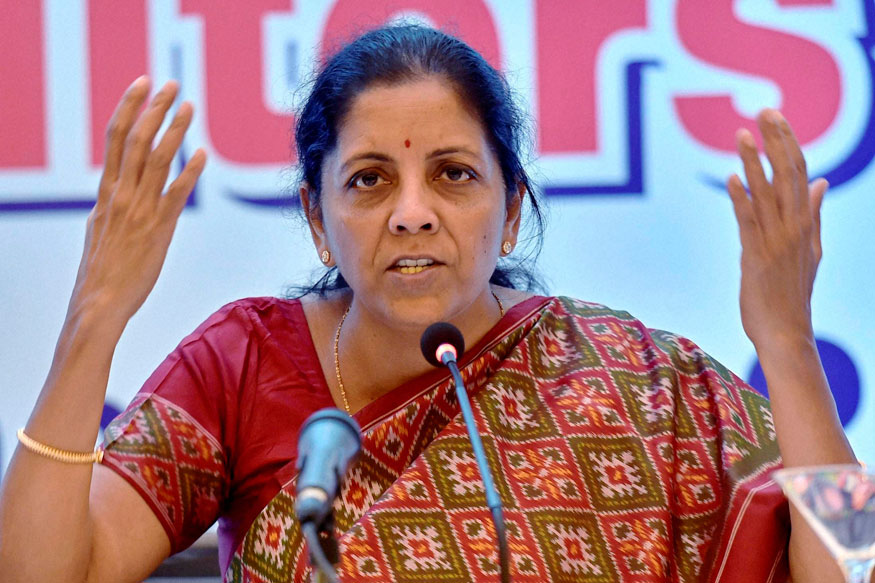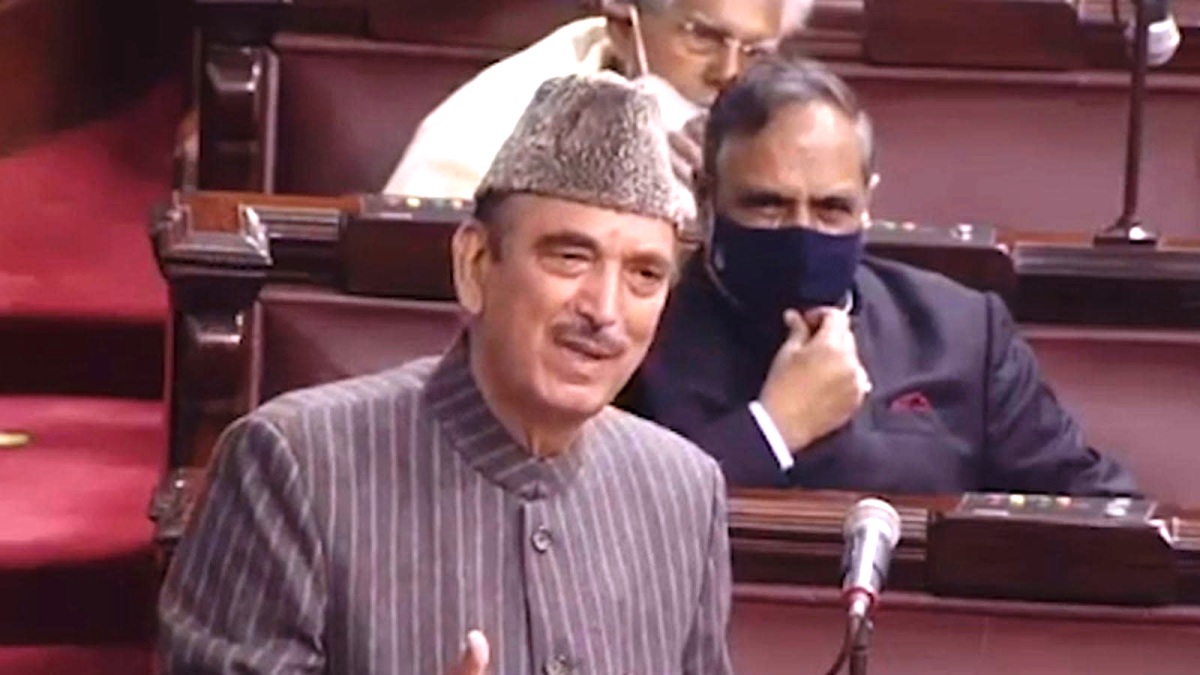living, hygienic conditions in the workplace and leisure. The right to life with human dignity encompasses within its fold, some of the finer facets of human civilization which makes life worth living. The expanded connotation of life would mean the tradition and cultural heritage of the persons concerned. In the case of Consumer Education & Research Centre (supra), the Court discussing the case of C.E.S.C. Ltd. v. Subhash Chandra Bose [(1992) 1 SCC 441] stated with approval that in that case the Court had considered the gamut of operational efficacy of human rights and constitutional rights, the right to medical aid and health and held the right to social justice as a fundamental right. The Court further stated that the facilities for medical care and health to prevent sickness, ensure stable manpower for economic development and generate devotion to duty and dedication to give the workers’ best performance, physically as well as mentally. The Court particularly, while referring to the workmen made reference to Articles 21, 39(e), 41, 43 and 48-A of the Constitution of India to substantiate that social security, just and humane conditions of
work and leisure to workmen are part of his meaningful right to life.
12. Security to citizens by the State is also a very sensitive issue. The State has to draw a careful balance between providing security, without violating fundamental human dignity. In the case of In Re : Ramlila Maidan Incident (2012) 5 SCC 1, the Court observed “the primary task of the State is to provide security to all citizens without violating human dignity. Powers conferred upon the statutory authorities have to be, perforce, admitted. Nonetheless, the very essence of constitutionalism is also that no organ of the State may arrogate to itself powers beyond what is
specified in the Constitution.”
13. In Bhim Singh v. Union of India (2010) 5 SCC 538, while referring to the obligations of the State and its functions, the Court held:
“53….it is also settled by this Court that in interpreting the Constitution, due regard has to be given to the Directive
Principles which has been recorded as the soul of the Constitution in the context of India being the welfare State. It
is the function of the State to secure to its citizens “social, economic and political justice”, to preserve “liberty of
thought, expression, belief, faith and worship” and to ensure “equality of status and of opportunity” and “the dignity of the individuals” and the “unity of the nation”. This is what the Preamble of our Constitution says and that is what which is elaborated in the two vital chapters of the Constitution on Fundamental Rights and Directive Principles of the State Policy.”
14. Where it is the bounden duty of the State to protect the above rights of the citizen in discharge of its constitutional obligation in the larger public interest, there the law also casts a duty upon the State to ensure due protection to the forests and environment of the country. Forests in India are an important part of the environment. They constitute a national asset. We may, at this stage, refer to the concept of inter-generational equity, which has been treated to be an integral part of Article 21 of the Constitution of India. The Courts have applied this doctrine of sustainable development and precautionary principle to the cases where development is necessary, but certainly not at the cost of environment. The Courts are expected to drive a balance between the two. In other words, the onerous duty lies upon the State to ensure protection of environment and forests on the one hand as well as to undertake necessary development with due regard to the fundamental rights and values.
15. From the analysis of the above, it is clear that the appropriate balance between different activities of the State is the very foundation of the socio-economic security and proper enjoyment of the right to life.
16. In the present case, as already noticed, there is hardly any dispute. In fact, all the parties are ad idem on the issue that much is required to be done before the State can claim that it has discharged its constitutional obligation in the larger public interest. In fact, the report of the SHPC has accepted the existence of lack of facilities, non-
availability of proper health care, need for proper management, providing of proper passage/walking tracks and finally the basic amenities. The report proceeds on the basis that much is required to be done by the State
and the Shrine Board. The State and the Shrine Board under the umbrella of the Union of India has to act in tandem, with great cooperation, coordination and objectivity so as to ensure protection of rights on the one hand and discharge of its obligations on the other.
17. With the passage of time and passing of each yearly yatra, the pilgrims’ mortality rate has increased. Greater difficulties are faced by the pilgrims in relation to health care, public amenities and sanitation arrangements. Besides this, dire need exists for improvement of the walking tracks to the Shrine and proper management of separate one-way routes for horses and palkis as one unit and pedestrians as the other unit.
With the passage of time, the number of yatris has increased. In the recent yatra held in the year 2012, nearly 18,000 pilgrims have paid their homage at the Shrine. It is a very complex issue comprising various facets. Steps are required to be taken including development of the area but with due regard to the environmental and forest issues. The SHPC had held various meetings, deliberated on various aspects and problems and after considerable deliberation and efforts, have submitted the report dated 6thSeptember, 2012. Under Chapter IX of this report, the SHPC has submitted the summary of recommendations. These recommendations read as under :
“SUMMARY OF RECOMMENDATIONS
9.1 Through its various Orders, the Hon’ble Supreme Court has referred to several issues connected with the Amarnathji Yatra and directed the SHPC to make recommendations in regard thereto.
While the SHPC’s recommendations, issue-wise, are summarized in the paragraphs below, these may be read in conjunction with the context, observations and rationale discussed in detail in Chapters 1- 8.
9.2 HEATH ISSUES
9.2.1 The following issues were required to be examined by the SHPC:
a) Providing of health check-up facilities on both the passages from Baltal and Panchtarni to the Holy Cave.
b) All such other steps which are required to be taken for preventing unfortunate deaths of the yatris, going on yatra to the Holy Cave.
c) Deployment of more medical teams, at regular distance on all the passages leading to the Holy Cave.
9.2.2 The SHPC has made the following recommendations vis-a-vis the issues listed above:
9.2.3 The SHPC endorses the requirement of every Yatri furnishing a Health Certificate while seeking Registration for the pilgrimage. It also considers it necessary that the format of the Compulsory Health Fitness Certificate should be revised to specifically reflect the existing ailments from which applicant-Yatri may be suffering.
9.2.4 An Expert Medical Committee (three Medical Specialists to be nominated by Union Health Ministry and one Medical Specialist to be nominated by the Government of Jammu and Kashmir) should review the format of the existing Compulsory Health Certificate and suggest suitable modifications therein, as required. State Health Secretary shall serve as the Convener of this Committee which will also prescribe a check-list for issue of the Certificate and its standard format.
9.2.5 There is need to reconsider the authority competent to issue the Compulsory Heath Certificate, which is currently being done by any Registered Medical Practitioner. The same should now be issued by the Chief Medical Officer/ Medical Superintendent I Block Medical Officer/ Government Doctors authorized by the concerned State Government Health authorities. State Governments and Union Health Ministry will also provide lists of reputed Private Medical Institutions, located in areas within their respective jurisdictions, which may be authorised to issue Health Fitness Certificates. CEO, SASB, shall compile State-wise lists of such authorized institutions and arrange to provide the widest possible publicity to such lists through all possible means.
9.2.6 The medical facilities should be rationally dispersed and relocated on the basis of critical assessments. A Committee comprising the State Secretary Health, CEO SASB, Director Health Services (Kashmir) and one senior officer each from Army, BSF, CRPF and ITBP should review the existing locations of all Medical Aid Centres (MACs) and rationalize the location of MACs and, wherever necessary, increasing the number of MACs to ensure that these















